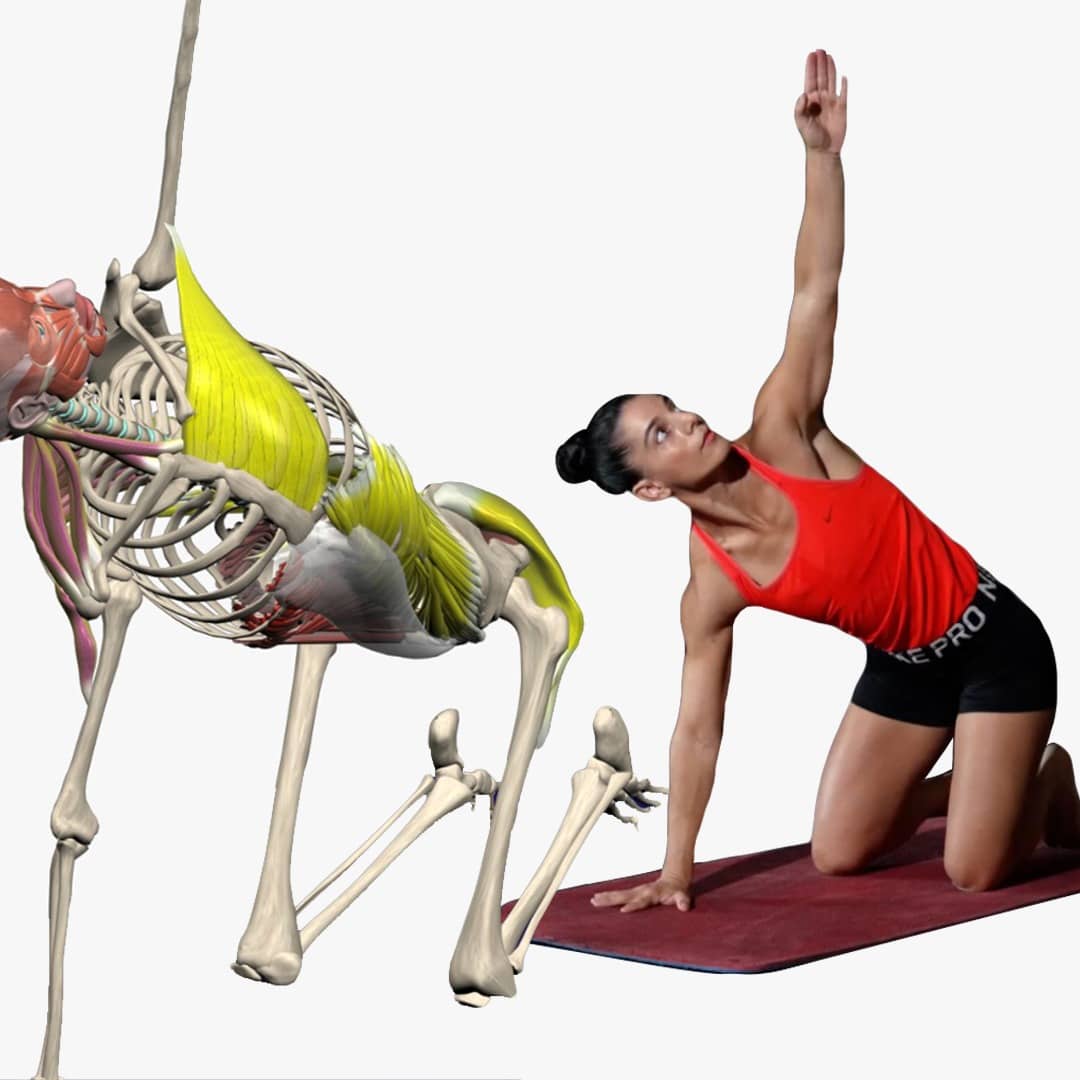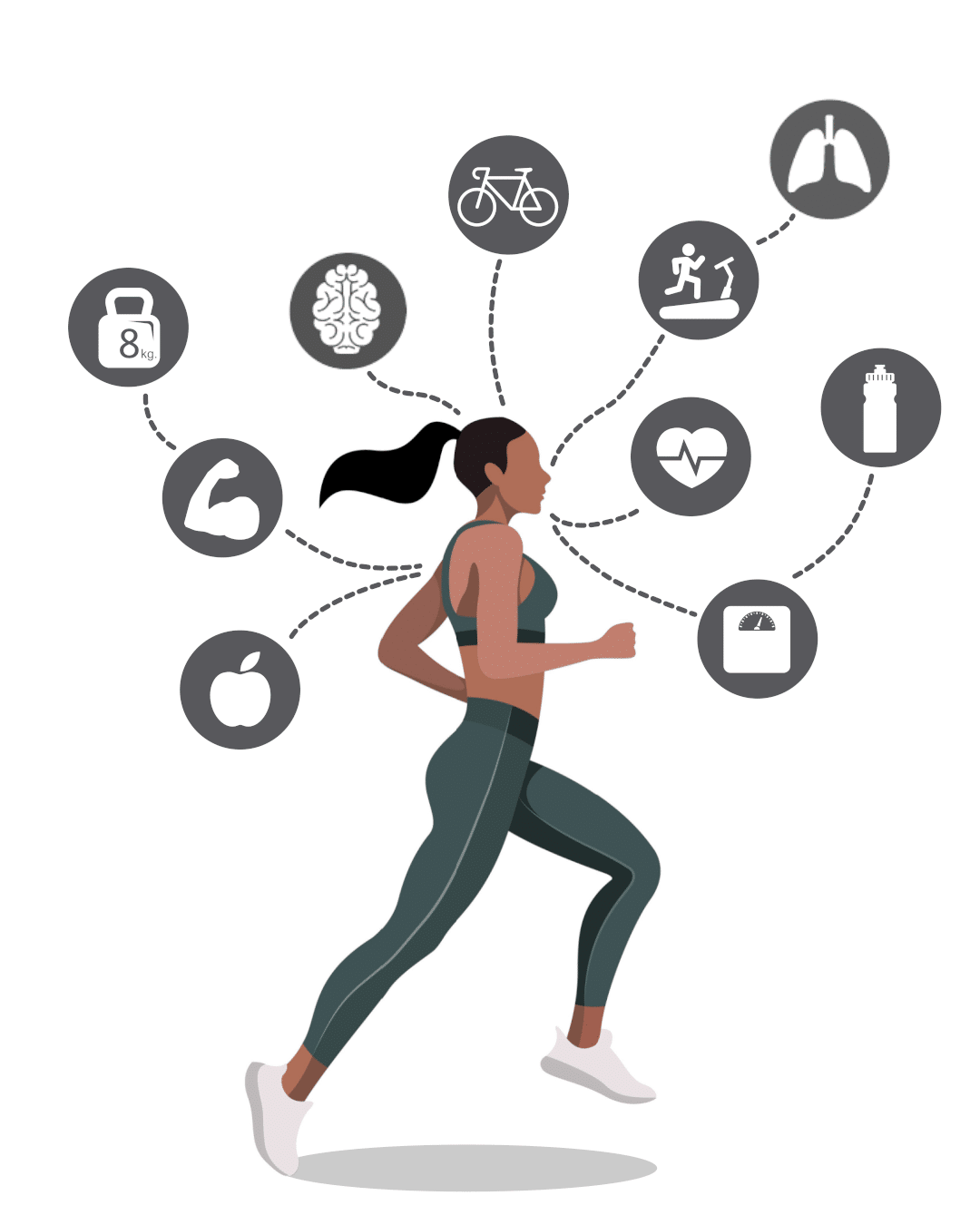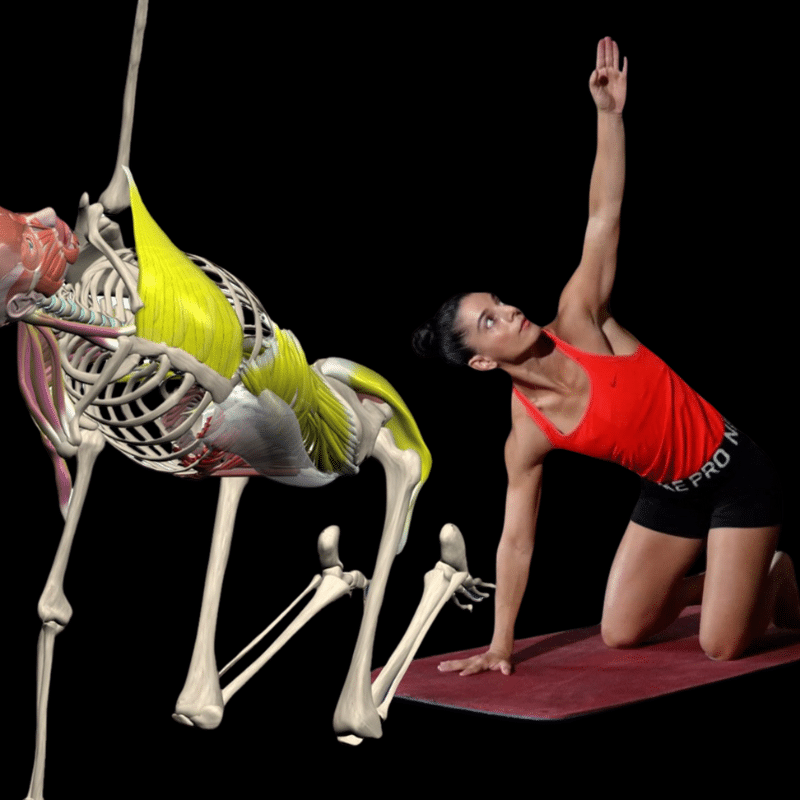Scientists have long recognized the profound connection between physical activity and our overall well-being.
The evidence is clear: movement is vital for our physical health and plays a crucial role in nurturing our mental and emotional states. As we delve into the intricate relationship between the mind, body, and soul, we find that exercise is a powerful tool to enhance our quality of life.
In this Muscle and Motion article, we will explore the recommended levels of physical activity for the average adult, focusing on both aerobic exercise and strength training, and how exercising regularly is like an investment in retirement, promising a higher quality of life as we age.

The importance of physical activity
Picture a “miracle drug” that could substantially decrease the risk of premature death, cardiovascular disease, diabetes, cancer, obesity, hypertension, and even bone and joint problems. Imagine that this miracle drug could also enhance your sleep quality and cognitive function.
Would you hesitate to take it? Of course not!
But this miraculous remedy isn’t encapsulated in a pill or a vial; it’s embodied in the very act of physical activity.
In the natural world, movement is indispensable for survival, communication, and establishing connections. For humans, the intricate interplay between our bodies and brains is evident in every action we undertake, from the subtle flexing of our fingers to the endurance required for running a marathon. This profound connection between body and mind is the bedrock of our well-being.
However, in our increasingly tech-driven world, sedentary living has become alarmingly prevalent.
This shift has adverse effects on our cognitive abilities and mental health. The dearth of movement takes a toll on our physical, mental, and emotional well-being. Startlingly, the World Health Organization (WHO) reports that individuals who engage in insufficient physical activity face a 20% to 30% higher risk of premature death compared to their active counterparts.

Recommended levels of physical activity
To counteract the harmful consequences of a sedentary lifestyle, it’s crucial for adults to incorporate regular physical activity into their daily routines. The World Health Organization (WHO) provides guidelines for exercise that can significantly enhance overall well-being
Aerobic Activity
- Strive for a minimum of 150–300 minutes of moderate-intensity aerobic physical activity each week.
- Alternatively, engage in at least 75–150 minutes of vigorous-intensity aerobic physical activity weekly.
- Or combine both moderate and vigorous activities in a way that accumulates to the recommended duration.
- For even more substantial health benefits, contemplate exceeding 300 minutes per week of moderate-intensity aerobic activity or more than 150 minutes per week of vigorous-intensity aerobic activity.
- Mixing moderate and vigorous activities is not only acceptable but encouraged for additional advantages.
Strength Training
In addition to aerobic exercise, incorporate muscle-strengthening exercises of moderate or greater intensity that target all major muscle groups on two or more days per week. These exercises offer a spectrum of extra health advantages.
It’s important to limit the time spent in a sedentary state. Replacing sedentary periods with physical activity of any intensity, including light activity, provides health benefits.
To mitigate the adverse effects of prolonged sedentary behavior on health, all adults, young and old, should strive to exceed the recommended levels of moderate to vigorous-intensity physical activity.
In today’s tech-driven world, prioritizing physical activity is essential for a healthy body and mind. Following the WHO guidelines and incorporating strength training is key to overall well-being. Think of strength training as an investment in your body’s future, ensuring a vibrant life as you age.
At Muscle and Motion, we firmly believe that everyone, regardless of experience or age, can begin their fitness journey.
Our Strength Training App offers comprehensive resources, including 3D animations of various exercises, to help you get started.
At Muscle and Motion, we believe that knowledge is power, and understanding the ‘why’ behind any exercise is essential for your long-term success.
Let the Strength Training App help you achieve your goals! Sign up for free.


